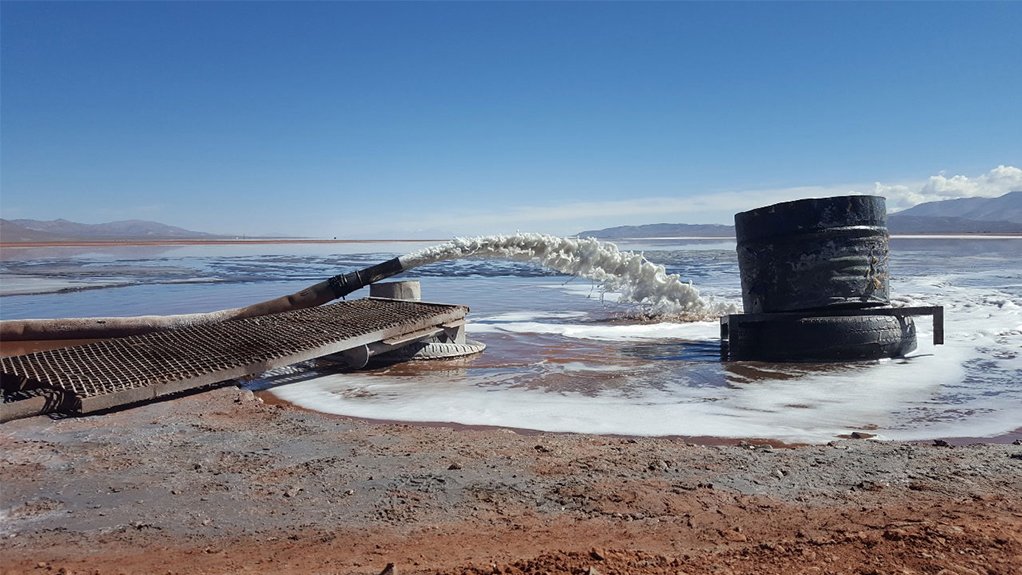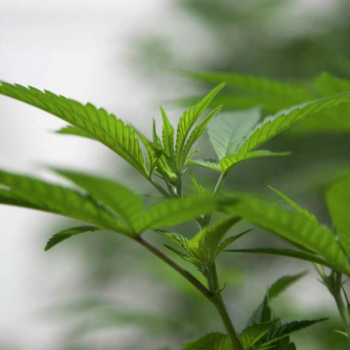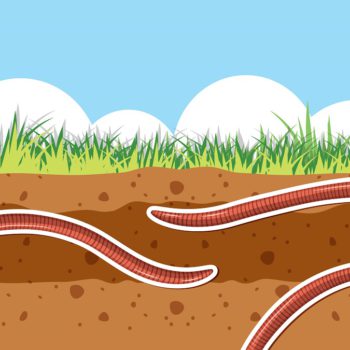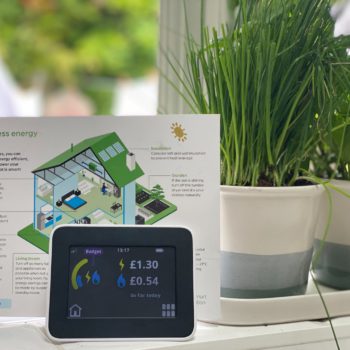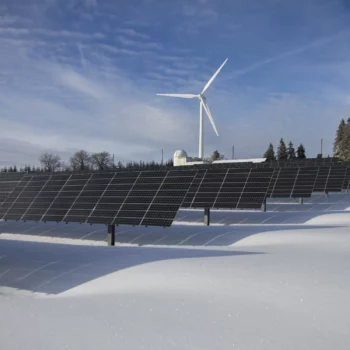|
|
We Reviewed. You Benefit.
Get Insider Access to Discounts on Top Sustainable Brands We've Reviewed Just for You! WEEKLY!
As the world transitions towards clean energy solutions and electric mobility, the demand for lithium—a vital component in batteries and energy storage—has surged. However, this growing demand has raised concerns about the environmental impact of lithium mining and extraction. In response to these challenges, the focus has shifted towards sustainable lithium extraction methods that minimize ecological harm and promote responsible resource management.
This article delves into the multifaceted realm of sustainable lithium extraction. It explores the intricacies of lithium mining and processing, from the extraction techniques used to the sources of lithium-rich materials. By shedding light on these critical aspects, we aim to foster a deeper understanding of the industry’s environmental implications and encourage the development of eco-conscious practices within the lithium mining sector. Join us on a journey through the lithium supply chain, where innovation and sustainability converge to shape a cleaner and greener energy future.
Lithium Extraction: What is it and How is it Done?
What is Lithium Extraction, and Why is it Important?
Lithium extraction is vital to procuring lithium from natural sources, such as brine or ore deposits. This mineral holds paramount importance, driven by its ubiquitous use across various industries, with a particular spotlight on lithium-ion batteries destined for electric vehicles and renewable energy storage systems.
What is the Process of Extracting Lithium from Brine?
The extraction of lithium from brine unfolds through a series of meticulous steps. Lithium-rich brine is brought to the surface and channeled into shallow evaporation ponds. Here, the synergistic forces of sunlight and wind collaborate to facilitate water evaporation, progressively concentrating the brine solution.
Subsequently, this concentrated brine undergoes meticulous chemical treatments to eliminate impurities and further enhance lithium-ion concentration. In the final stages, the concentrated lithium solution is converted into battery-grade lithium carbonate or lithium hydroxide, orchestrated by precipitation and purification processes.
How is Lithium Extracted from Mines?
The process of extracting lithium from mines primarily revolves around extracting lithium-bearing minerals, notably spodumene, through an intricate interplay of mining and processing methodologies. Initially, ore containing lithium is excavated from subterranean depths and subjected to rigorous physical separation techniques to eliminate undesirable contaminants.
The resultant lithium-rich concentrate is then ushered into a chemical leaching process, mingling with specially formulated chemicals to extract the cherished lithium ions. Following this stage, these lithium ions are subjected to a rigorous purification process, producing battery-grade lithium carbonate or hydroxide.
Lithium production, 2022
Lithium production is measured in tonnes.
Can Lithium be Extracted from Alternative Sources other than Brine and Mines?
In addition to the traditional sources of brine and mines, alternative avenues for lithium extraction exist. For instance, lithium can be sourced from hard rock ore deposits, such as spodumene and pegmatite, through processes akin to conventional mining operations. These alternative sources contribute to diversifying the lithium supply chain, promoting resilience and sustainability in the rapidly evolving world of lithium extraction.
What is the Role of Lithium Extraction in the Electric Vehicle Industry?
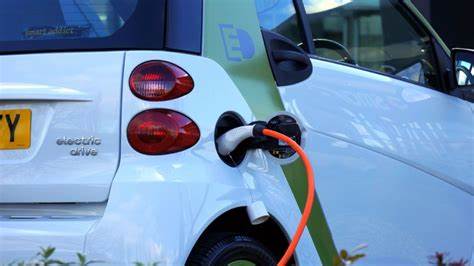
Image Credit: globalextractionnetworks.com
Lithium extraction plays a crucial role in the electric vehicle industry. As the demand for electric vehicles (EVs) continues to rise, so does the need for lithium-ion batteries, which rely on lithium as a critical component. Sustainable and responsible lithium extraction is essential to ensure the availability of lithium resources to meet the growing demand for EVs and promote the transition to a more sustainable transportation sector.
Lithium Brine: A Prominent Source of Lithium Extraction
How is lithium extracted from lithium brine?
Lithium extraction from lithium brine involves a combination of evaporation and chemical processes. The brine is initially pumped to the surface and placed in evaporation ponds, where the sun and wind cause the water to evaporate, leaving behind concentrated brine with a higher lithium-ion content. This concentrated brine is processed through various chemical treatments to remove impurities and further focus the lithium ions.
What is the significance of lithium extraction from brine?
Lithium extraction from brine is significant due to the abundance of lithium resources in brine deposits. It offers a cost-effective and efficient method for extracting lithium compared to traditional mining methods. Additionally, brine deposits have a lower environmental impact, making them a more sustainable source of lithium.
What is the difference between lithium carbonate and lithium hydroxide extracted from brine?
Lithium carbonate and lithium hydroxide are two different chemical compounds that can be produced from lithium extracted from brine. Lithium carbonate is the most commonly made compound and is used in the manufacturing of lithium-ion batteries. On the other hand, lithium hydroxide is gaining popularity due to its superior performance in high-nickel cathode chemistries.
How is the concentration of lithium achieved in brine extraction?
Lithium concentration in brine is achieved through evaporation and chemical processes. Initially, the brine is placed in evaporation ponds, where the water gradually evaporates, leaving behind concentrated brine with a higher lithium-ion content. This concentrated brine is subjected to chemical treatments, such as precipitation and ion exchange, to increase lithium concentration further.
What are the challenges associated with lithium brine extraction?
Lithium brine extraction faces several challenges, including water scarcity and environmental concerns. The extraction of lithium from brine requires large amounts of water, leading to potential water scarcity issues, especially in regions already experiencing water stress. Additionally, the extraction and processing of brine can impact local ecosystems, affecting biodiversity and water quality. Implementing sustainable practices and technologies is crucial to overcoming these challenges and ensuring responsible lithium extraction from brine sources.
Lithium Extraction Technologies: Advancements and Innovations
What are the conventional methods of lithium extraction?
The conventional methods of lithium extraction include mining lithium from ore deposits and extracting lithium from brine sources. These methods have been used for decades and have undergone continuous improvements to increase efficiency, reduce environmental impacts, and enhance the quality of the extracted lithium.
What is direct lithium extraction, and how does it work?
Direct lithium extraction (DLE) is an innovative technology that aims to simplify the lithium extraction process and reduce the environmental footprint. Instead of evaporation ponds, DLE technologies directly extract lithium ions from brine or other lithium-rich solutions. This technology offers the potential for faster and more efficient lithium extraction with reduced water consumption.
How is lithium carbonate produced from extracted lithium?
Lithium carbonate is produced from extracted lithium by subjecting the concentrated lithium solution or hydroxide to further chemical reactions and purification steps. These steps involve the conversion of lithium hydroxide to lithium carbonate, followed by precipitation, filtration, and drying processes to obtain battery-grade lithium carbonate.
What is the role of lithium hydroxide in the lithium industry?
Lithium hydroxide is an essential compound in the lithium industry, particularly in manufacturing high-nickel cathode chemistries used in advanced lithium-ion batteries. Lithium hydroxide offers improved energy density and thermal stability compared to lithium carbonate, making it a preferred choice for specific battery applications.
Are there any new extraction technologies being developed?
There are ongoing research and development efforts to develop new extraction technologies for lithium. These technologies aim to improve lithium extraction’s efficiency, sustainability, and economic viability. Some emerging technologies include solvent extraction, ion exchange, and direct lithium extraction technologies.
Lithium Mining: Exploring Traditional and Emerging Methods
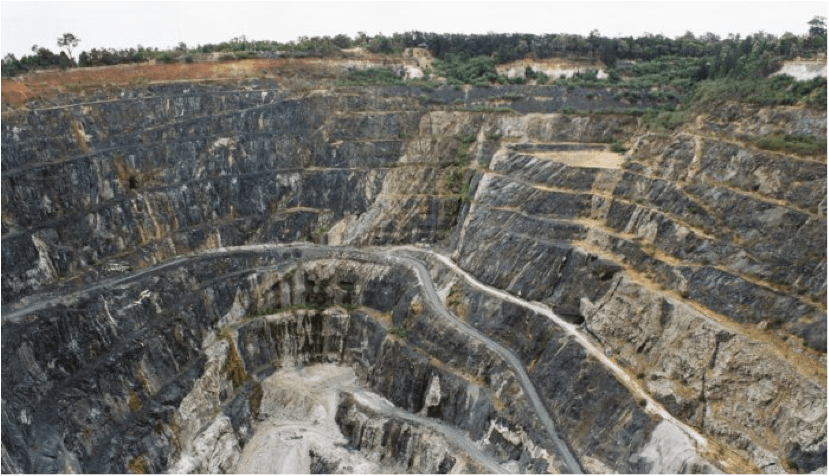
Image Credit: mininggeologygroup.com
How is lithium mined from ore deposits?
Lithium mining from ore deposits combines traditional mining techniques, including drilling, blasting, and excavation. Once the lithium-rich ore is extracted from the ground, it undergoes physical separation processes to remove impurities, concentrating the valuable lithium minerals.
What is the process of mining lithium from evaporating ponds?
Mining lithium from evaporating ponds is a unique method of lithium extraction. It involves pumping lithium-rich brine into large evaporation ponds and allowing the water to evaporate over time. The concentrated brine is then processed to extract lithium, similar to the process followed in brine extraction.
How are impurities removed during the lithium mining process?
Various physical and chemical separation techniques remove impurities during the lithium mining process. These techniques aim to separate the lithium minerals from other elements and compounds in the ore or brine, resulting in a higher-purity concentrate suitable for further processing.
What are the environmental impacts of lithium mining?
Lithium mining, like any other mining activity, has potential environmental impacts. The extraction and processing of lithium ores can result in soil erosion, habitat destruction, and water pollution if not properly managed. Additionally, the energy-intensive nature of mining operations contributes to the carbon footprint of the lithium industry. Implementing sustainable mining practices and rehabilitation measures can help mitigate these environmental impacts.
Are there any alternative methods to traditional lithium mining?
Yes, alternative methods are being explored for lithium extraction. One such method is extracting lithium directly from hard rock ore deposits using innovative technologies like direct lithium extraction (DLE). These methods offer the potential for more efficient and sustainable lithium extraction, reducing the reliance on traditional mining methods.
Sustainable Lithium Extraction: Ensuring Responsible Practices
How can the lithium industry ensure sustainable extraction practices?
The lithium industry can ensure sustainable extraction practices by implementing responsible mining and processing techniques, minimizing water usage, reducing carbon emissions, and engaging in community and stakeholder consultations. Adopting these practices will help mitigate environmental and social impacts and contribute to the industry’s long-term sustainability.
What are the regulations and standards in place for lithium extraction?
Regulations and standards governing lithium extraction vary among countries and regions. These regulations typically address environmental protection, occupational health and safety, and the responsible management of mineral resources. Compliance with these regulations and adherence to internationally recognized standards, such as the Global Reporting Initiative (GRI) and the Extractive Industries Transparency Initiative (EITI), can help ensure responsible lithium extraction.
How does lithium extraction from brine contribute to water scarcity?
Lithium extraction from brine sources can contribute to water scarcity in regions facing water stress. The extraction process requires significant water, potentially depleting local water resources. Implementing water recycling and conservation measures and exploring alternative lithium sources can help mitigate the impact of lithium extraction on water scarcity.
What are some potential alternatives to traditional lithium extraction?
Potential alternatives to traditional lithium extraction methods include direct lithium extraction technologies and the development of new lithium sources, such as geothermal brines and seawater. These alternatives offer the potential for more efficient, sustainable, and economically viable lithium extraction practices.
How can the future of lithium extraction be made more sustainable?
The future of lithium extraction can be made more sustainable through the continued development and adoption of innovative technologies, such as direct lithium extraction, that minimize environmental impacts and reduce water and energy consumption. Also, fostering collaboration among industry stakeholders, governments, and local communities can help establish comprehensive sustainability frameworks and ensure responsible practices throughout the lithium extraction supply chain.
Conclusion
In conclusion, sustainable lithium extraction is crucial for meeting modern demands, particularly in electric vehicles and renewable energy. We must prioritize eco-friendly practices and technological advancements while minimizing environmental impacts. By understanding the extraction processes and promoting greener practices, we can support sustainability in this vital industry. Balancing lithium’s importance in clean energy with environmental responsibility requires ongoing innovation. Exploring responsible approaches for a sustainable lithium supply and protecting our ecosystems is imperative.
